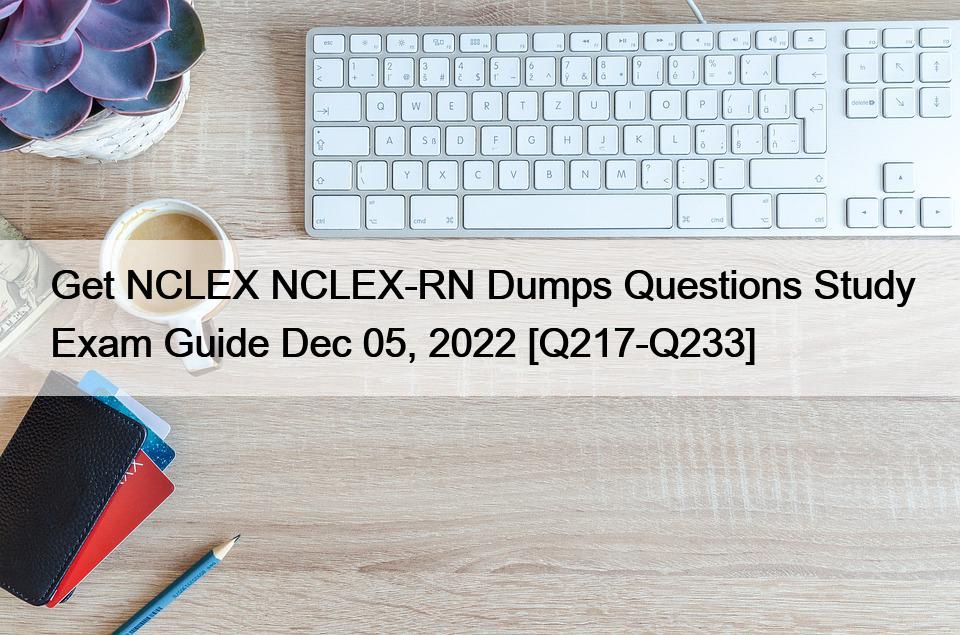Jan 05, 2024 PASS NCLEX NCLEX-RN EXAM WITH UPDATED DUMPS [Q429-Q453]
Jan 05, 2024 PASS NCLEX NCLEX-RN EXAM WITH UPDATED DUMPS
NCLEX-RN Questions PDF [2024] Use Valid New dump to Clear Exam
NCLEX-RN Study Guide Brilliant NCLEX-RN Exam Dumps PDF: https://www.passtestking.com/NCLEX/NCLEX-RN-practice-exam-dumps.html

